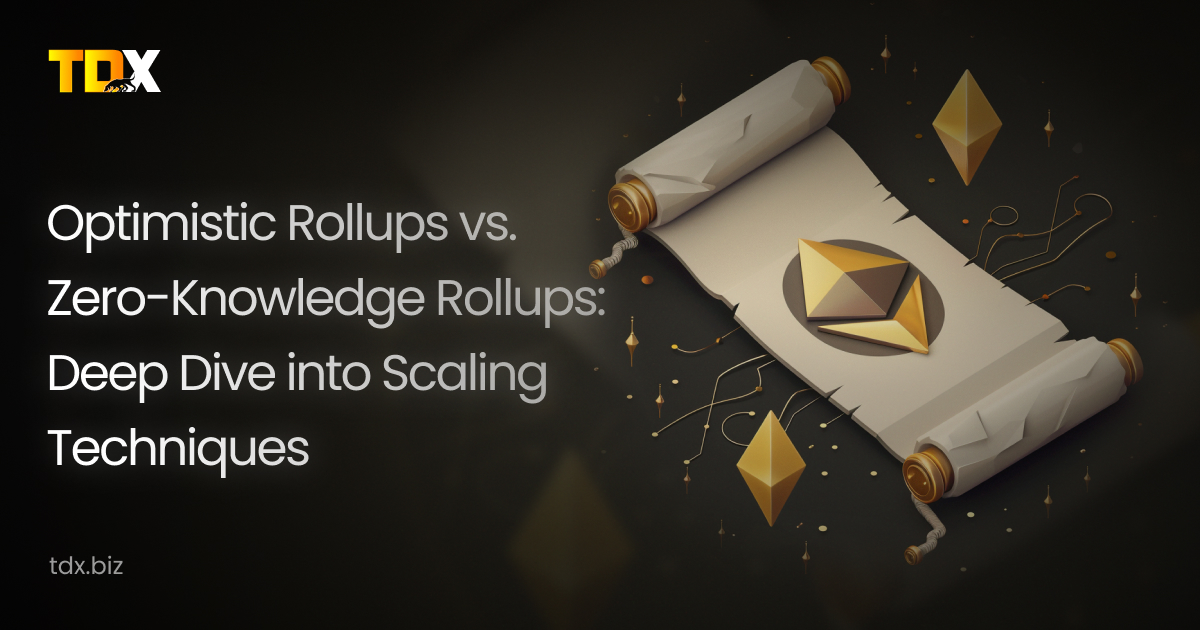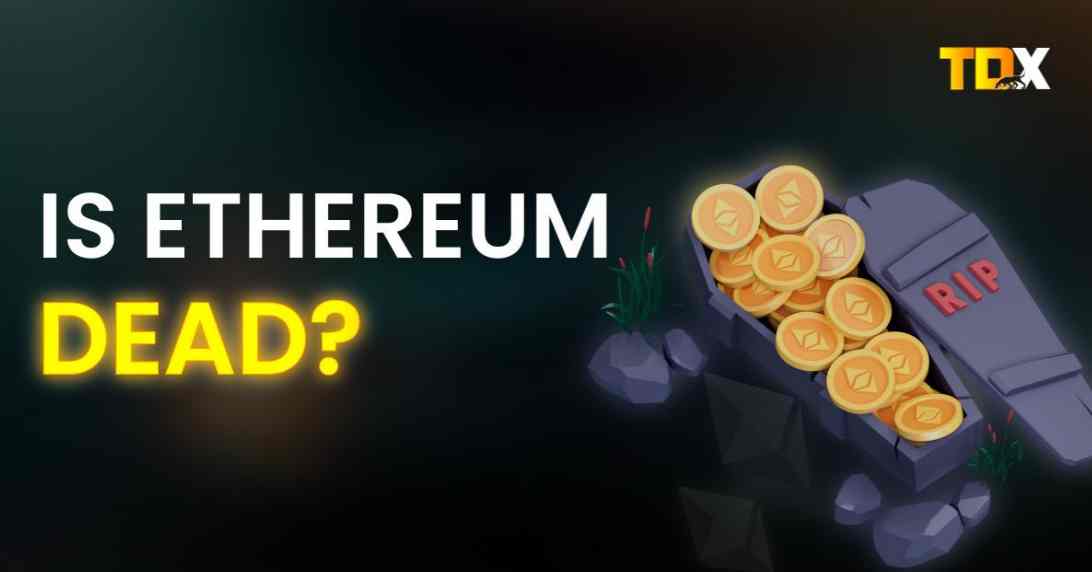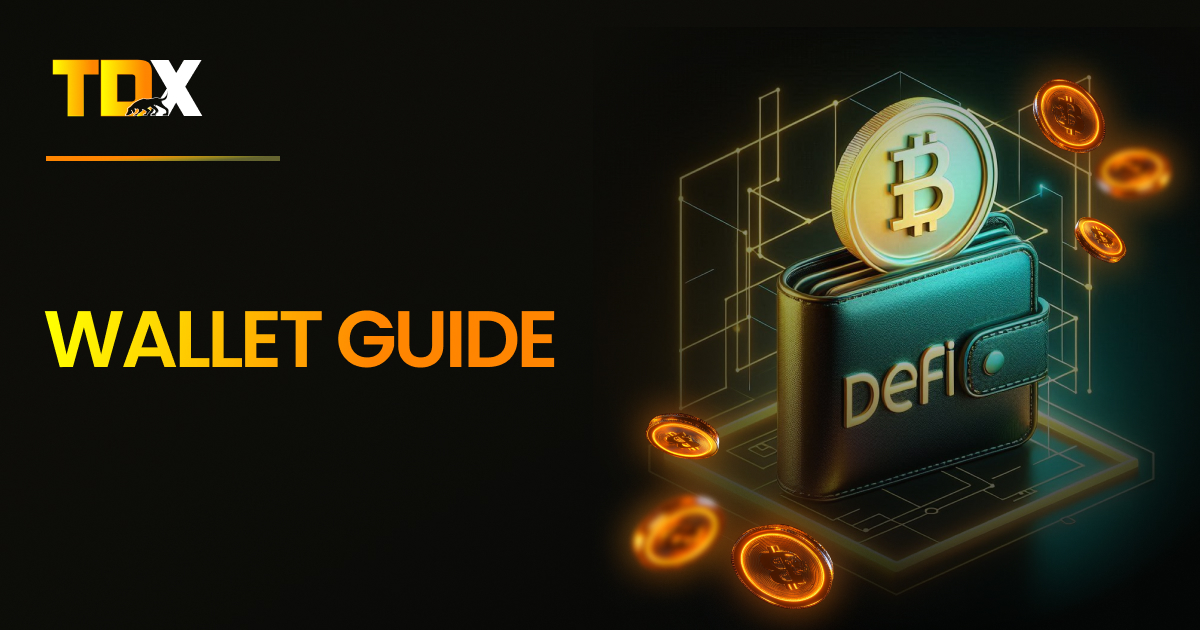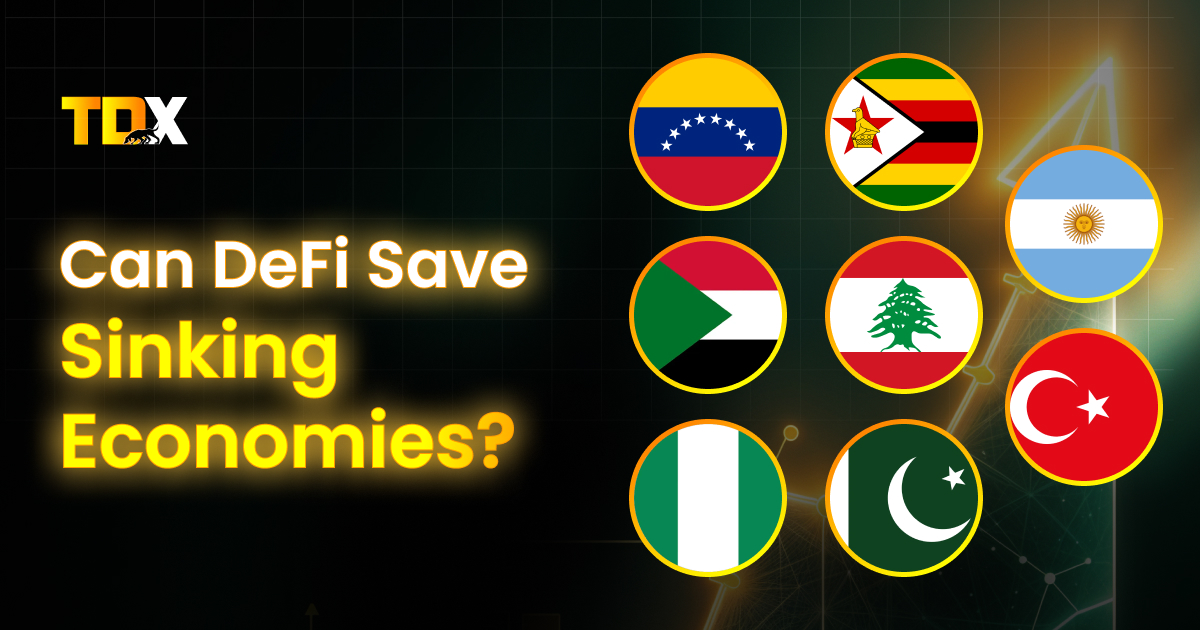 Back to blog
Back to blog


Optimistic Rollups vs. Zero-Knowledge Rollups: Deep Dive into Scaling Techniques
The rapid growth of blockchain technology, particularly Ethereum, has underscored the urgent need for scalable solutions. As demand for decentralized applications (dApps) and transactions surged, Ethereum’s scalability issues became evident. High gas fees and network congestion highlighted the necessity for efficient Layer 2 (L2) scaling solutions. Among the prominent contenders are Optimistic Rollups and Zero-Knowledge (ZK) Rollups, each offering unique approaches to addressing Ethereum’s scalability problem.
This article provides an in-depth comparison of these two technologies, delving into their mechanics, benefits, and challenges.
Understanding the Basics: Rollups
Rollups are L2 solutions designed to increase the throughput of blockchain networks by processing transactions off-chain while keeping data availability and security anchored to the main chain (Ethereum in this case). They bundle multiple transactions into a single batch, significantly reducing the computational load and cost on the main chain. The two primary types of rollups are Optimistic Rollups and Zero-Knowledge Rollups.
Optimistic Rollups
Optimistic Rollups operate on the principle of assuming that all transactions are valid unless proven otherwise. Here’s a closer look at how they work:
- Transaction Aggregation
Optimistic Rollups aggregate multiple transactions off-chain into a single batch. - Submission to Main Chain
These batches are submitted to the main chain (Ethereum), where they are assumed to be valid. - Challenge Period
To ensure security, Optimistic Rollups include a challenge period (typically seven days). During this period, anyone can challenge the validity of a transaction by submitting a fraud proof. - Fraud Proofs
If a challenge is raised, the system will revert to the last valid state, and the malicious actor will be penalized.
Advantages of Optimistic Rollups
- Scalability
By processing transactions off-chain, Optimistic Rollups significantly increase transaction throughput. - Cost Efficiency
They reduce gas fees by minimizing the data published to the Ethereum main chain. - EVM Compatibility
Optimistic Rollups are compatible with Ethereum Virtual Machine (EVM), making it easier for developers to port existing dApps.
Challenges of Optimistic Rollups
- Challenge Period
The challenge period introduces a delay in transaction finality, affecting user experience. - Data Availability
Ensuring that all transaction data is available off-chain remains a critical issue.
Zero-Knowledge Rollups (ZK Rollups)
Zero-Knowledge Rollups leverage cryptographic proofs, specifically Zero-Knowledge Proofs (ZKPs), to validate transactions. Unlike Optimistic Rollups, ZK Rollups do not assume the validity of transactions but mathematically prove their correctness before publishing them to the main chain.
- Transaction Aggregation
Similar to Optimistic Rollups, ZK Rollups aggregate multiple transactions off-chain. - Zero-Knowledge Proof Generation
They generate a cryptographic proof that attests to the validity of the transactions. - Submission to Main Chain
This proof, along with the batched transactions, is submitted to the Ethereum main chain, where the proof is verified.
Advantages of ZK Rollups
- Instant Finality
Transactions are instantly finalized upon submission to the main chain, as the validity is mathematically proven. - Enhanced Security
The use of cryptographic proofs ensures a higher level of security and trustlessness. - No Challenge Period
Unlike Optimistic Rollups, ZK Rollups do not require a challenge period, improving the user experience.
Challenges of ZK Rollups
- Complexity
Generating ZKPs is computationally intensive and requires sophisticated cryptographic algorithms. - EVM Compatibility
ZK Rollups face compatibility issues with EVM, making it harder to port existing dApps without modifications.
Rollup Limitations & Issues
Data Availability
The data availability problem is critical in the context of rollup systems. It refers to the challenge of ensuring that all data of a newly proposed block is accessible and verifiable by all network participants. This is crucial for maintaining security and decentralization. Current rollups utilize Ethereum’s calldata to post transaction data, but this is both limited and expensive. To overcome these limitations, new solutions like EIP-4844 (Proto-Danksharding) and off-chain data availability solutions are being explored.
Decentralization of Sequencers
Sequencers play a crucial role in rollup systems by ordering transactions. Currently, most rollups rely on a single centralized sequencer, which introduces risks such as a single point of failure, monopolistic behavior, and censorship. Efforts are underway to decentralize sequencers, enhancing security and trustlessness.
Conclusion
Both Optimistic Rollups and ZK Rollups present viable solutions to Ethereum’s scalability challenges, each with its own set of advantages and trade-offs. As the blockchain ecosystem continues to evolve, the choice between Optimistic and ZK Rollups will depend on the specific needs and priorities of the application in question. Continued advancements in both technologies will likely lead to further enhancements in scalability, security, and usability, driving the widespread adoption of Ethereum and other blockchain platforms.
40,000 readers 🚀 are getting insights with our media
 Read on Medium
Read on Medium 

Article
“Is Ethereum dead?” This is a trending argument that is appearing in various crypto communities and media. Which is not…


Guide
Welcome to the beginner’s guide on Trust Wallet, MetaMask, and Exodus—three most common cryptocurrency wallets for managing your crypto assets….


Article
When Venezuela’s inflation hit 189.8% in 2023 [Central Bank of Venezuela, 2023], Maria’s life savings of 200 million bolivars (enough…


Article
For generations, Indians have trusted one investment: fixed deposits (FDs). If you walk into any Indian household, chances are someone…


